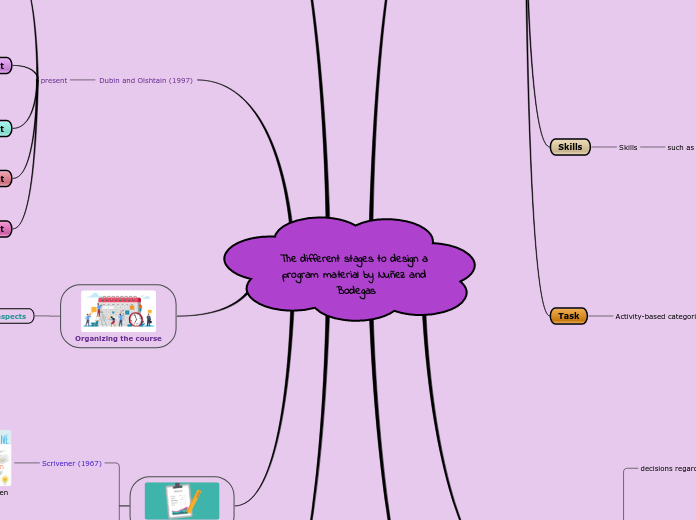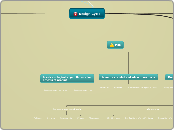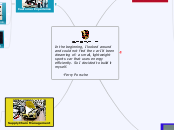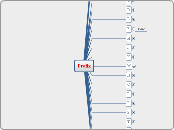by MARLYN JULIETH OSORIO MOSQUERA 3 years ago
135
The different stages to design a program material by Nuñez and Bodegas
The process of designing program material involves multiple stages, including language tasting and the development of tests. These tests can be norm-referenced, which compare the relative performance of students, or criterion-referenced, which measure how much course material has been learned.









